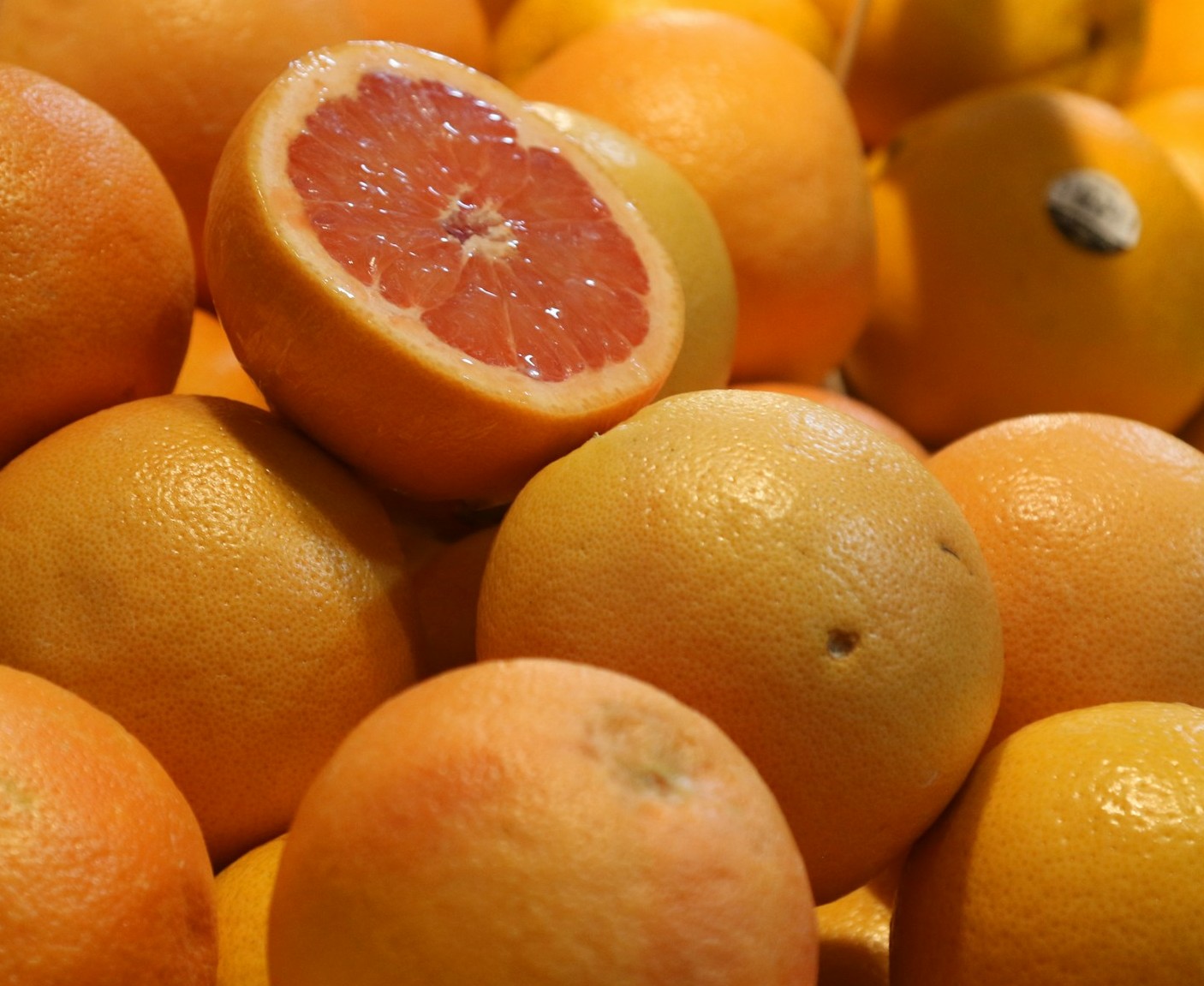Casablanca – Morocco has emerged as an unexpected success story in Canada’s citrus import market, achieving record-breaking grapefruit exports during the 2024–2025 season. In a global context marked by declining consumption of the fruit, the Kingdom has managed to strengthen its position as one of Canada’s most dynamic suppliers, thanks to a combination of product quality, strategic timing, and competitive pricing.
Record performance in a declining market
According to data published by EastFruit and Statistics Canada, Morocco exported approximately 1,500 tons of grapefruit to Canada between November 2024 and August 2025, with a total value exceeding $1.67 million. This marks a historic milestone for Moroccan agrifood exports and represents more than double the average volume recorded over the previous three seasons.
While Canada’s total grapefruit imports have been shrinking for more than three decades, Morocco’s exports have grown steadily, defying the overall downward trend. In the 1990s, Canada imported nearly 70,000 tons of grapefruit annually. By the 2000s, imports had fallen to 50,000 tons, and by the 2010s to 40,000 tons. In recent years, volumes have dipped below 30,000 tons, with projections for the 2024–2025 season suggesting a new low of around 25,000 tons.
Despite this long-term contraction, Moroccan producers have succeeded in increasing their share of the market, positioning the country as a reliable and competitive supplier at a time when other exporters—most notably the United States—are losing ground.
Canada becomes Morocco’s top destination
The latest data confirm that Canada has become the leading destination for Moroccan grapefruit, absorbing more than 30% of total exports during the 2024–2025 season. The Moroccan export window aligns perfectly with Canadian demand cycles: shipments typically run from December to April, with a peak in January and February.
In February 2025 alone, Morocco shipped around 500 tons of grapefruit—an unprecedented monthly record that accounted for roughly one-third of the country’s total annual grapefruit exports. This performance allowed Moroccan products to capture up to 26% of the Canadian market, a level never reached before.
Canada relies entirely on imports to satisfy its grapefruit consumption, as its climate prevents domestic production. The country sources most of its supply from South Africa, China, and the United States, which together account for more than 60% of total imports. However, Morocco’s growing presence has begun to reshape this distribution, particularly during the winter months when other suppliers have limited availability.
Strategic timing and product quality drive growth
Morocco’s success in Canada can be attributed to several key factors. First, the export calendar gives Moroccan producers a competitive advantage. When the South African season ends in August and Chinese volumes taper off in autumn, Moroccan shipments arrive just in time to meet Canada’s winter demand, which peaks between November and March.
Second, quality and consistency have become central to Morocco’s reputation. Canadian importers have highlighted the freshness, balanced flavor, and attractive presentation of Moroccan grapefruit, which is known for its vibrant color and distinctive sweet-bitter taste. These characteristics have allowed the product to stand out in a market that values high standards for imported produce.
Finally, Morocco’s price competitiveness has made it an appealing alternative to traditional suppliers. With stable logistics through Atlantic shipping routes and increasing investment in cold storage and packaging facilities, Moroccan exporters have positioned themselves as both reliable and efficient partners.
A broader agricultural success story
The grapefruit boom is not an isolated event but part of a larger trend in Morocco’s agricultural export strategy. Over the past three seasons, the country’s blueberry exports to Canada have increased seventeenfold, illustrating its growing footprint in the North American market.
This diversification reflects the Kingdom’s efforts to upgrade its agricultural sector under national programs that promote export-oriented production, improved supply chains, and enhanced competitiveness in international markets. The citrus and berry industries have particularly benefited from innovations in irrigation, cultivation, and post-harvest technology.
Outlook: Expanding presence in North America
Analysts believe Morocco’s strong performance in Canada could open the door to broader expansion across North America, particularly in niche and off-season fruit markets. With climate resilience, logistical proximity, and increasing alignment with international quality standards, Moroccan agriculture is well-positioned to meet the evolving preferences of Canadian consumers seeking fresh, high-quality produce.
While global grapefruit consumption may continue to decline, Morocco’s ability to capitalize on seasonal demand and deliver consistent supply offers a model of adaptive success. By combining strategic timing with agricultural know-how, the Kingdom has transformed a modest export category into a symbol of its growing competitiveness in global agrifood trade.
At a time when other producers are scaling back, Morocco’s performance in Canada underscores a broader narrative: the country’s agricultural exports are not only expanding in volume but also gaining recognition for quality and resilience, marking another step in the nation’s ascent as a key supplier in global fresh produce markets.
















